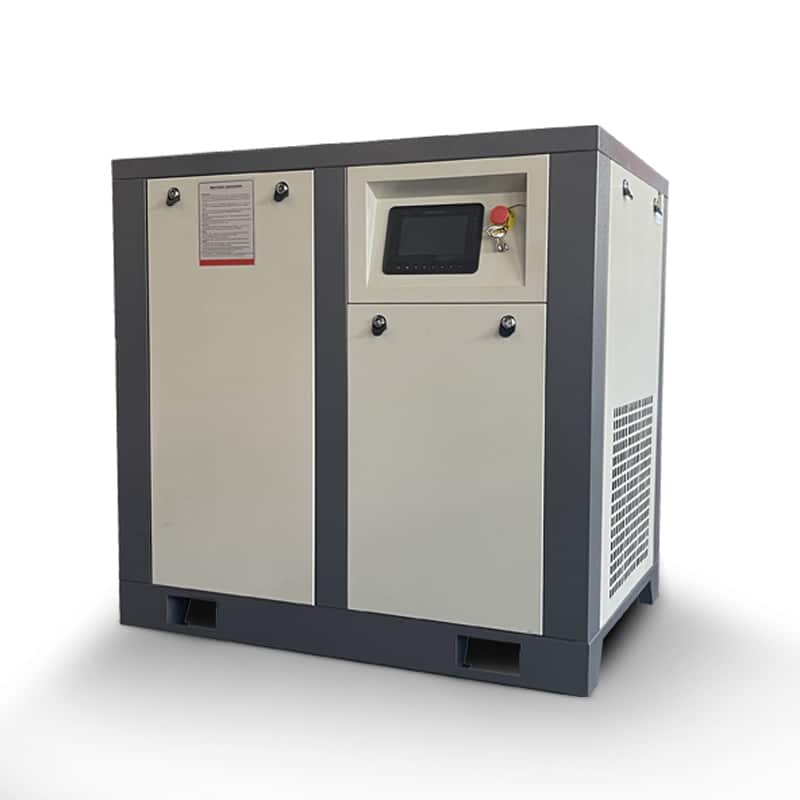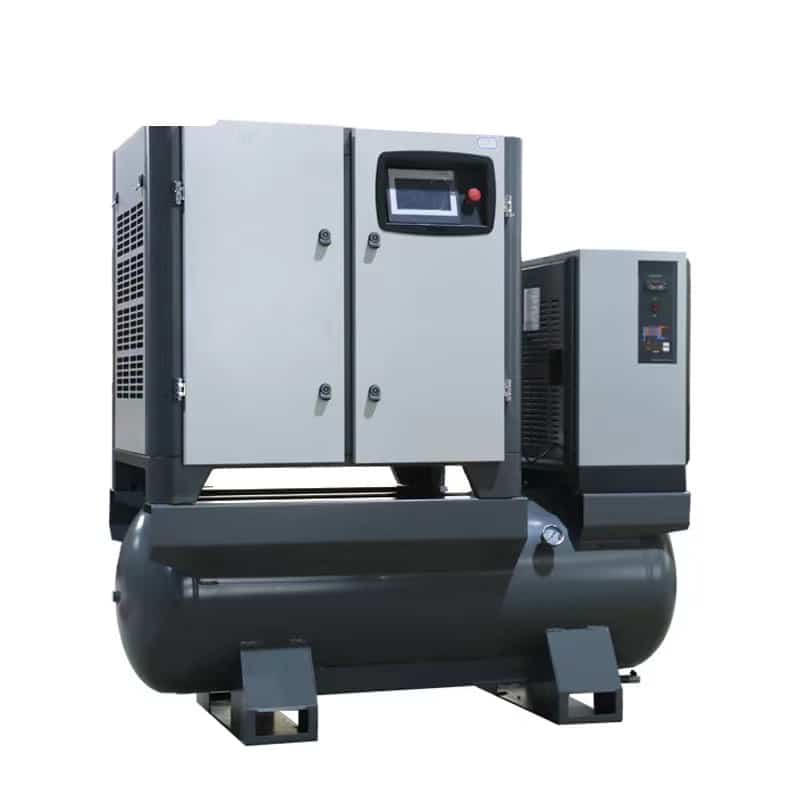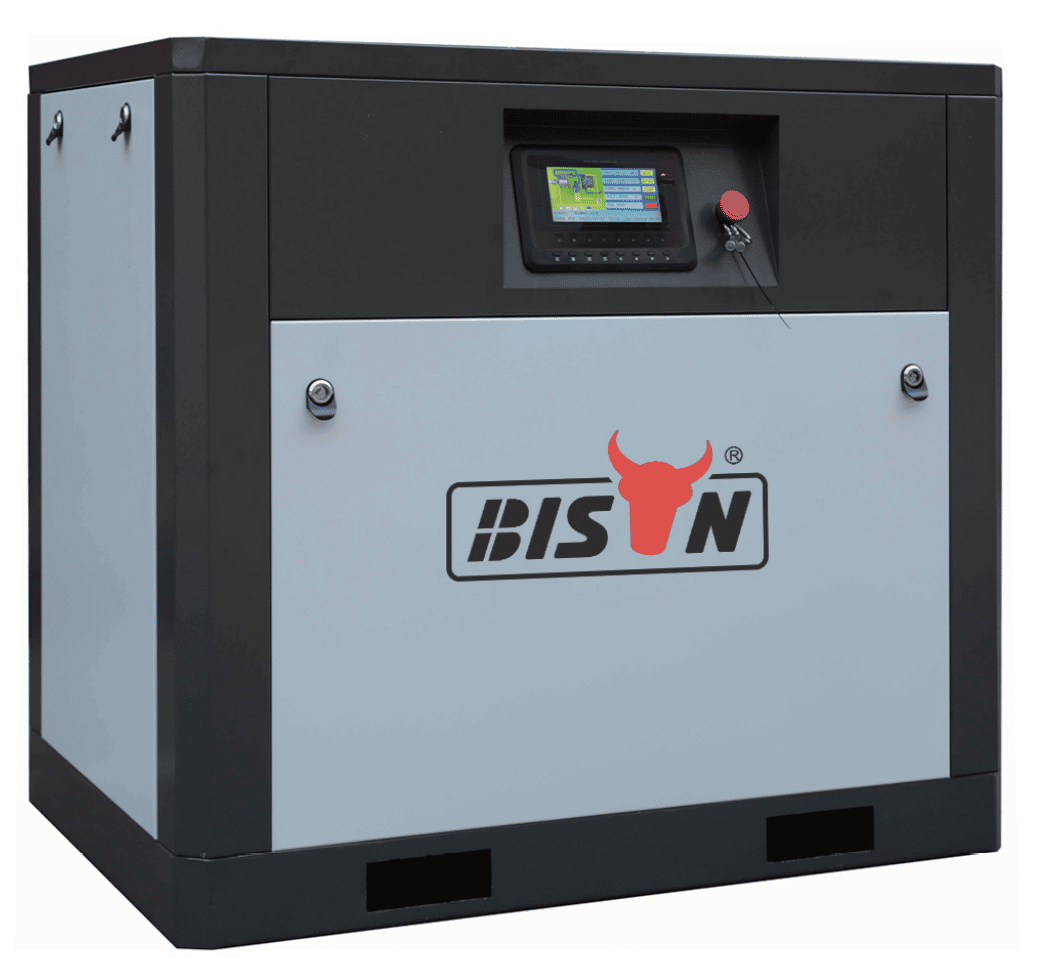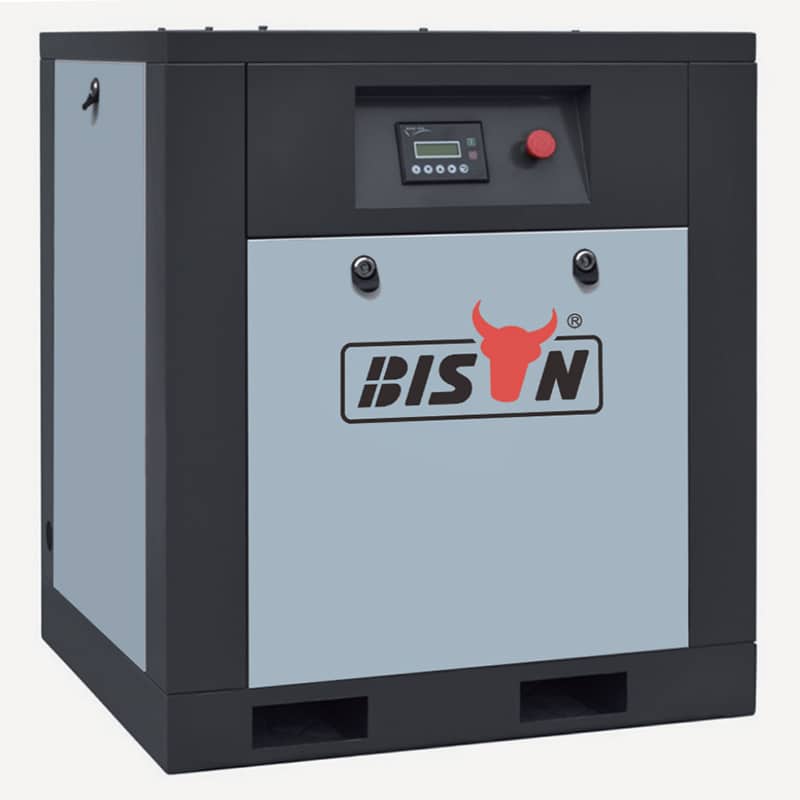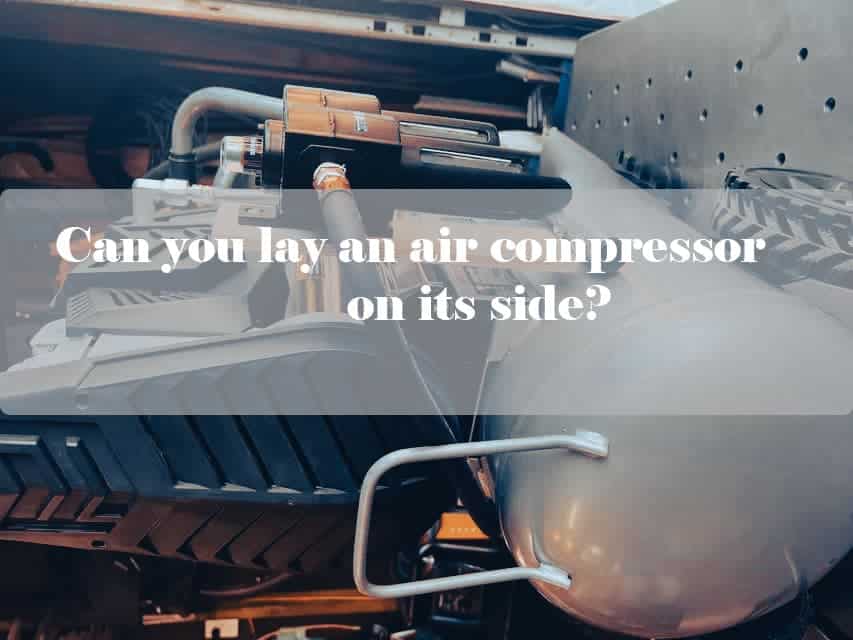rotary screw air compressor manufacturer
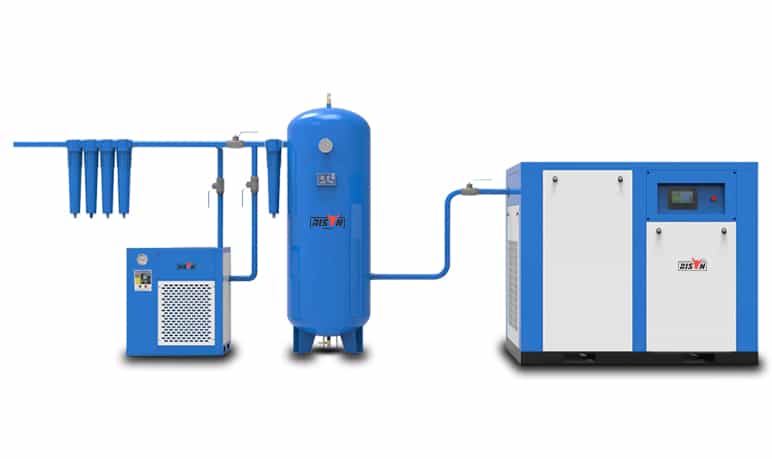
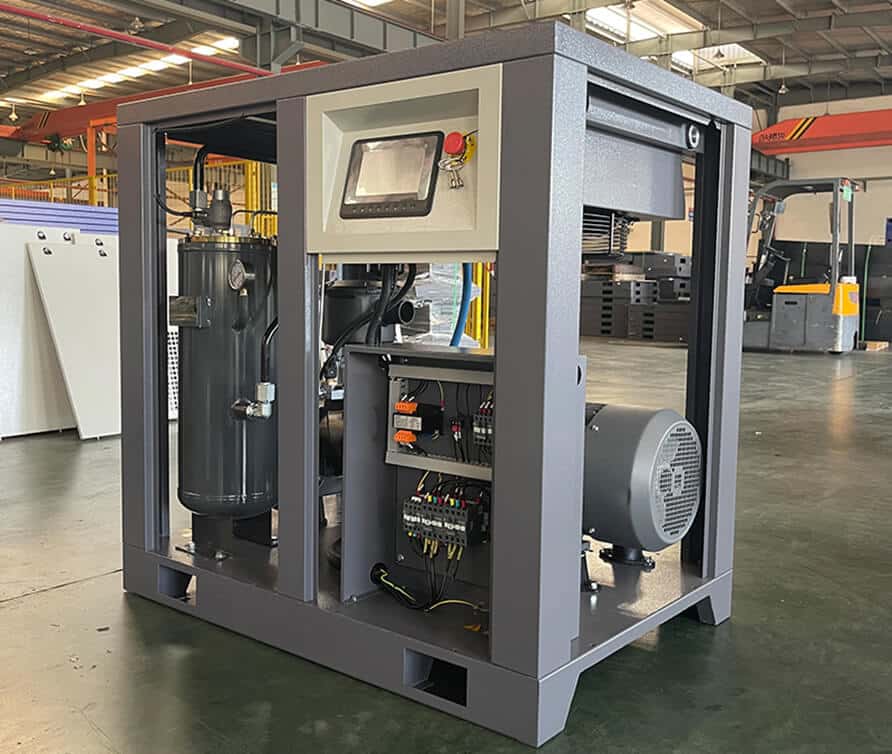
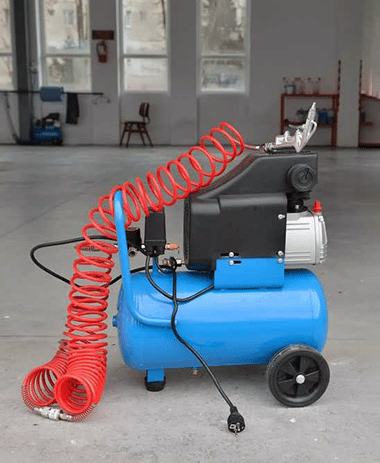
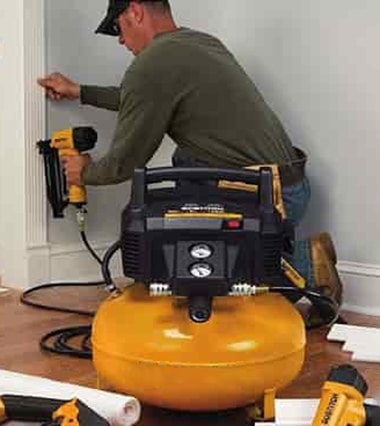
China rotary screw air compressor just for you
High-performance rotary screw air compressors by BISON
Do you need help determining your compressed air needs? Not sure which rotary screw air compressor size or model is the best investment for you? Contact us online. BISON experts are always ready to answer questions about rotary screw air compressors.
With over ten years of experience in pneumatic systems, BISON is happy to help you evaluate your needs to determine if a screw air compressor is suitable for your operation.
contact us and Start rotary screw air compressor business
rotary screw air compressor manufacturer & supplier
Main components of rotary screw air compressors
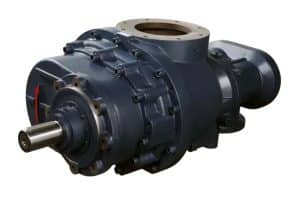
Air ends
The “air end” is the main component of this type of air compressor. This is a compressed air system with an intake valve on one end and an outlet on the other.
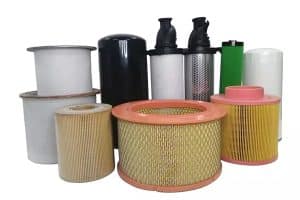
Air filter
A remote or directly mounted air filter cleans the compressor air.
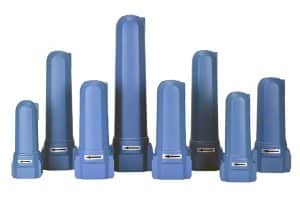
Oil filter
The oil filter will collect any loose particles in the oil and prevent them from entering the air compressor.
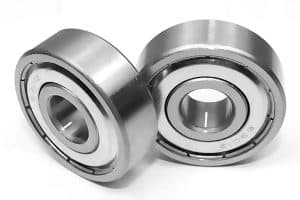
Bearings
Bearings are on both rotor ends so that rotors can stay in place. This is because rotor ends rotate constantly.
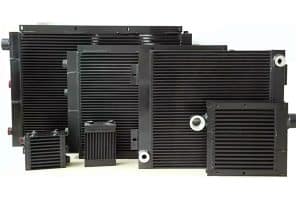
Oil cooler
Since air compressors generate heat, an oil cooler can keep the compressor’s oil within the correct temperature range for optimal performance.

Hoses
Hoses are required to move air and oil between the various air compressor components.
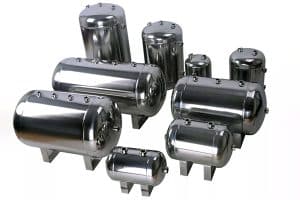
Storage tank
The storage tank receives condensed air from the discharge valve, which maintains its pressure until it needs to be used.

Gaskets and seals
Gaskets and seals ensure the interior and exterior of the rotary screw air compressor are sealed, locked, and leak-free.
Found something interesting ?
Rotary screw air compressors: Things to Keep in mind before purchasing them
A rotary screw air compressor is one type of industrial air compressor that uses two rotating screws or rotors to produce compressed air. Rotary screw air compressors are cleaner, quieter, and more efficient than others. They are very reliable even with continuous use. This makes rotary screw compressors the preferred solution for professional and industrial applications worldwide.
Bison’s rotary screw industrial air compressors are available from 3 to 600 hp with capacities from 9 to 3044cfm, and pressures up to 217 psig. All unites are fully packaged, ready for operation. With sound levels as low as 61 db, our compressors after the best in quiet operation, energy efficiency, and reliability.
How does a rotary screw air compressor work?
The rotary screw air compressor operates on a principle know as positive displacement, which is both simple and ingenious. By utilizing two interlockng helical screws, called “rotors”, it efficiently compresses air to deliver powerful performance.
In a dry rotary screw air compressor, precise alignment between the male and female rotors is ensured through the use of timing gears. These gears play a vital role in maintaining the proper interaction between the rotors, optimizing compression efficiency.
For oil-flooded rotary screw air compressors, a lubricating oil is employed to bridge the gap between the driving and driven rotors. This creates a hydraulic seal, facilitating the transfer of mechanical energy between the two rotors. This innovative design ensures smooth operation and extends the lifespan of the compressor.
By expertly meshing the rotors together, the air compressor generates a continuous flow of compressed air, providing a reliable and consistent source of power for various applications.
By refining the language and structure, the content is now more refined and clear in explaining how a rotary screw air compressor works.
Advantages of rotary screw air compressors
Rotary screw air compressors can offer a lot of their customers:
Continuous operation
Capable of continuous airflow and pressurization, they do not need to be shut on and off and have no duty cycle. This means they can run continuously with little or no downtime.
Ease of maintenance
Very few moving and touching parts minimize wear and tear. Extended service times reduce maintenance costs and make routine inspections and repairs quick, easy, and painless.
Powerful performance
Rotary screw air compressors can operate in challenging conditions because of their high airflow rates and the ability to work in extreme temperatures. This means they can run air tools and heavy equipment quickly and efficiently.
Energy efficient
These durable machines have stood the test of time, generating less heat and saving more energy than other models. These design features offer zero capacity loss over time, keeping compressor life cycle costs low.
Low noise
Quiet operation thanks to the device’s small size and lack of moving parts, making it suitable for point-of-use installations.
Few connections
This eliminates pressure drops and leaks, which results in maximizing reliability
Efficient filter
Clean air quality to run equipment and tools for the long term.
Disadvantages of rotary screw air compressors
Higher initial capital investment
Rotary screw air compressors require a higher initial capital investment than piston air compressors with similar CFM output. However, screw air compressors have a lower total life cost due to their energy efficiency and long life.
Requires skilled maintenance
Maintenance of screw air compressors is more complex and requires skilled and well-trained maintenance personnel.
Requires a clean operating environment
The air entering the screw air compressor should be as clean as possible. A reciprocating air compressor may be another option if you operate in a dirty environment or place the air compressor outside. If you use a rotary screw air compressor outdoors or in a dusty facility, an intake filter can help reduce the number of particles entering the compressor.
Should not be used for intermittent applications
Rotary screw air compressors ensure continuous operation and a 100% duty cycle. This is not the best option if your compressed air needs are intermittent and you must turn the compressor on and off frequently. If your air demand is variable but doesn’t drop to zero, a variable speed drive motor will help the compressor increase air production up and down according to your needs.
Types of rotary screw air compressors
There are two types of rotary screw air compressors: Oil-free or dry rotary screw air compressors, and oil-lubricated rotary screw air compressor
In oil-lubricated rotary screw air compressor technology, the male rotor drives the female rotor. On the other hand, in oil-free technology, timing gears drive both rotors for harmonic operation with minimal computational clearance between the two elements.
Oil-free rotary screw air compressor
Modern, high-speed, oil-free rotary screw air compressors have an asymmetric screw profile that significantly increases energy efficiency due to reduced internal leakage.
External gears are commonly used to synchronize counter-rotating rotor positions. Since the rotors are not in contact with each other or the compressor casing, no lubrication is required in the compression chamber. Therefore, the compressed air is completely oil-free.
The extreme temperature difference between the inlet and outlet limits the built-in pressure ratio. This is why oil-free screw compressors often work in multiple stages with interstage cooling to achieve higher pressures.
Oil lubricated rotary screw air compressor
This variant is also known as an oil-flooded compressor or an oil-injected compressor. Its technical name is an oil-lubricated rotary screw air compressor.
Oil lubricated rotary screw air compressors inject oil into the compression chamber. This oil cools and lubricates compressor elements.
It also helps remove heat from the compression process and helps minimize leaks in the compression chamber.
Oil lubricated rotary screw air compressor elements can be manufactured for high-pressure ratios. One compression stage is usually sufficient for pressures up to 14 or even 17 bar but at the expense of reduced energy efficiency.
Fixed speed rotary screw air compressor vs. variable speed drive air compressor
The primary difference between the two technologies can be found in the names:
Fixed speed compressors run at a continuous fixed speed while variable speed drive (VSD) technology turns the motor at the appropriate speed relative to the required amount of air.
Fixed speed rotary screw air compressor
Fixed-speed rotary screw air compressors are efficient when running continuously at 100% capacity, but most facilities do not require such high productivity. Until the motor comes to a complete stop, it continues to run without air production, wasting energy and money.
Inefficiencies and waste are especially evident in facilities that run multiple shifts or fluctuate widely in flow demand throughout the day.
Variable speed drive rotary screw air compressor (VSD)
As the demand for air increases, the VSD compressor increases the speed of the motor, providing more flow. If demand decreases, the motor will automatically slow down and use only the energy needed to provide the proper flow.
VSD technology is convenient during slower production days, full-day breaks, or second and third shifts, as it saves electricity and money.
Considering the high cost of using compressed air, which accounts for over 70% of the total cost of ownership in electricity, utilizing VSD technology can help you save 35-60%.
Applications of rotary screw air compressors
Due to its many advantages, types, and sizes, the applications for BISON rotary screw air compressors are virtually limitless.
However, some uses are particularly suitable. Stationary rotary screw air compressors are the best choice for large industrial applications with constant air demands. These can be found in food packaging plants.
Smaller rotary screw air compressors often become mobile units. They are ideal for construction sites or mining operations in remote areas. In these applications, ease of installation and robustness are decisive advantages.
As mentioned above, you can also choose between oil-injected and oil-free rotary screw air compressors. You use the former when air quality is secondary. This is the case when you have to power an air tool. Other applications for oil-injected screw air compressors include gas refrigeration and hydrocarbon handling.
However, many other applications are critical to compressed air quality. Medical research, pharmaceutical, food, and beverage industries, and semiconductor manufacturing are just a few examples. Here, you should only consider oil-free rotary screw air compressors.
Why purchase a rotary screw air compressor?
Unlike piston compressors, rotary screw air compressors have no valves or other mechanical forces that can cause imbalance. This allows rotary screw air compressors to operate at high speeds while combining high flow with small external dimensions.
Ideal applications for rotary air compressors are continuous, workplace, and industrial applications. There are two main versions, oil-free and oil-injected, with a fixed-speed or variable-speed drive operation.
The main advantage of rotary screw compressors is their energy efficiency. But there are many other benefits to this type of compressor. These include
● Continuous operation
● Low oil carryover in oil lubricated machines
● No loss of capacity over time
● Small footprint
● No duty cycle
● Low noise output
● Reliability
● Life expectancy between 60,000 – 80,000 hours
● Fewer connections
Recentlyintroduced products offer advanced designs such as close coupled and vertical configurations. Another notable feature is the built-in permanent magnet motor drive and inverter system. Such systems can achieve up to 50% energy savings compared to traditional fixed-speed designs.
Features to consider when choosing a rotary screw air compressor
When choosing a rotary screw air compressor, consider the following characteristics:
Materials and Components
Check which air compressor manufacturer makes the core components. Some manufacturers source everything externally, while others (like BISON) produce most of it to ensure quality in every process.
Control
As in the automotive industry, controls can range from the very basic, from pressure switches and gauges to PLC and microprocessor controls. The more advanced the control – the more features that can increase the life of the equipment – the additional input to the equipment can be protected through active maintenance and monitoring. Advanced controls also contribute to energy savings – by networking multiple compressors – making them work together like an orchestra conductor – rather than an alternative where each tries to respond independently to changes in the system.
The interface on the controller should be easy to use and intuitive while preventing key parameters from being accidentally changed. The latest generation of controllers offers internet connectivity so compressors can be monitored over the network and alerted when problems are detected.
Noise reduction
Rotary screw compressors are quieter than other designs but will not run silently. The main factor that affects the sound is the fan style in the package – axial fans are usually louder, while centrifugal fans are much quieter. BISON’s rotary screw air compressors are designed in such a way they produce lesser noise.
Cooling system
In most rotating screw air compressor designs, the lubricating oil removes heat, and the fins and fans also play a role. As mentioned above, the type of fan determines the amount of back pressure the unit will allow for cooling the air – centrifugal fans provide better ducting – if you need to remove heat from the compressor room. BISON’s rotary screw air compressor ensures adequate cooling of the compressor.
Safety Features
Compressors should have sensors and controls to prevent conditions that would shorten their life or create risks elsewhere. Make sure the compressor meets the required electrical approvals. All moving parts are adequately protected so accidental contact cannot occur. Be sure that BISON rotary screw air compressors have complete safety features.
Table of Contents
Explore Our Properties
This is a detailed guide on air compressors. You’ll find everything you need to know about air compressors. Let’s get started.

